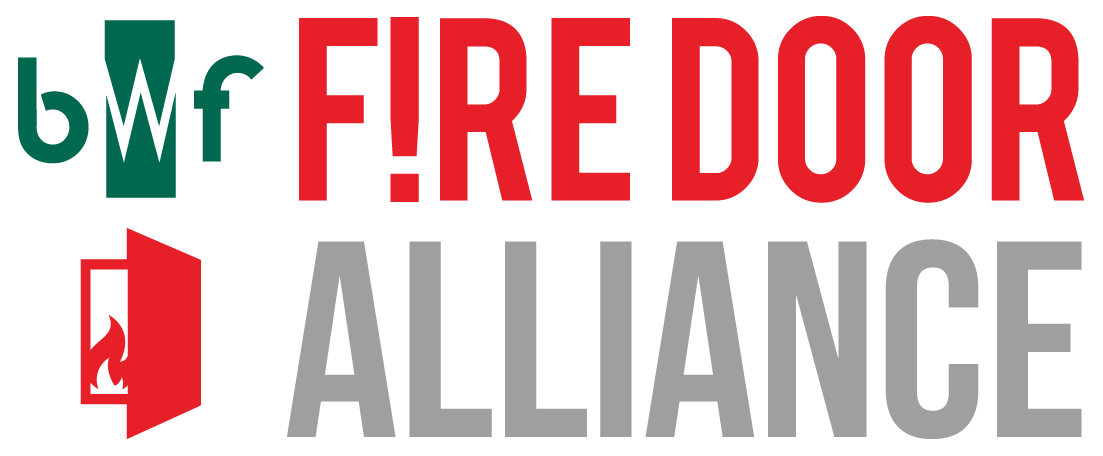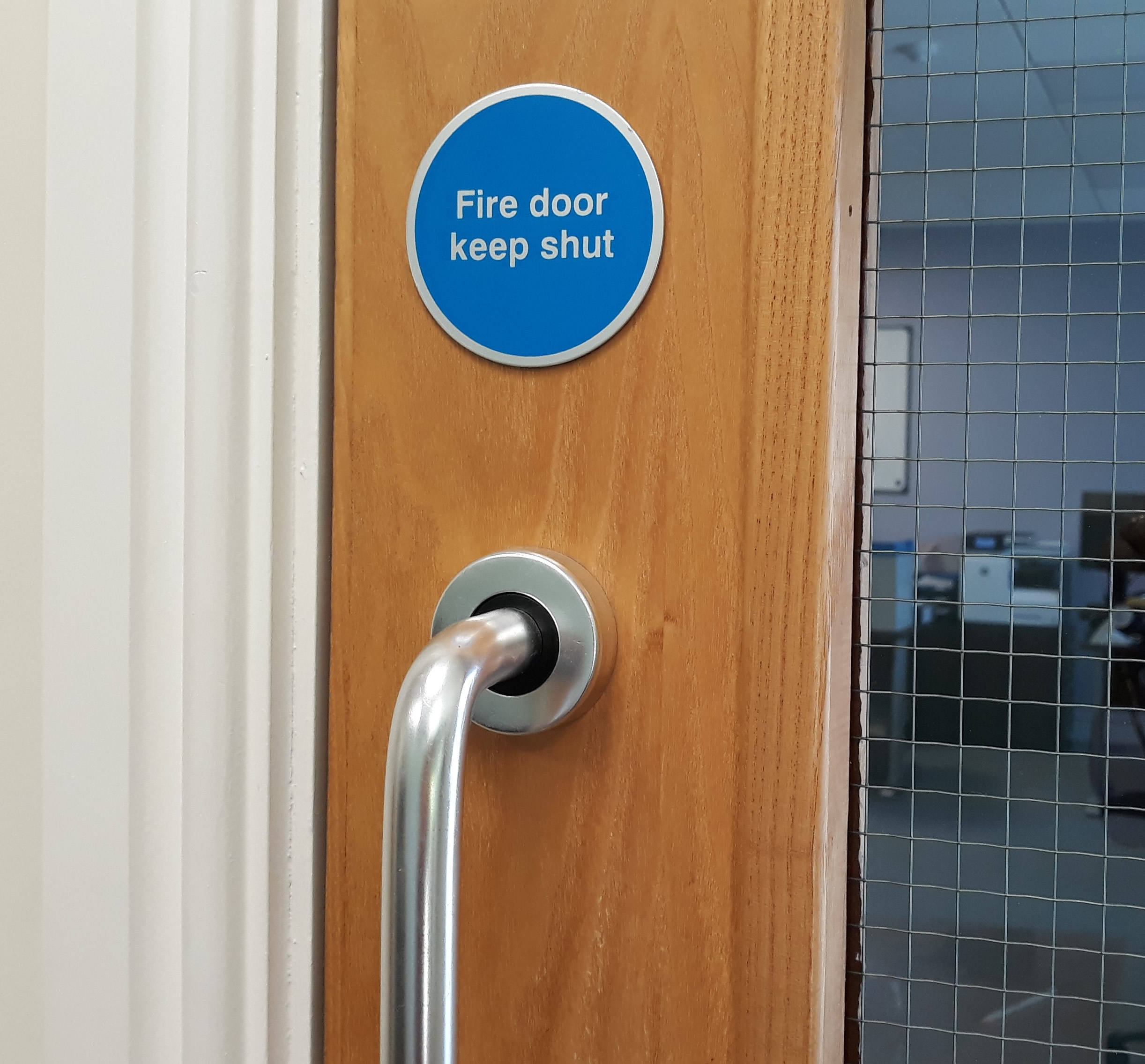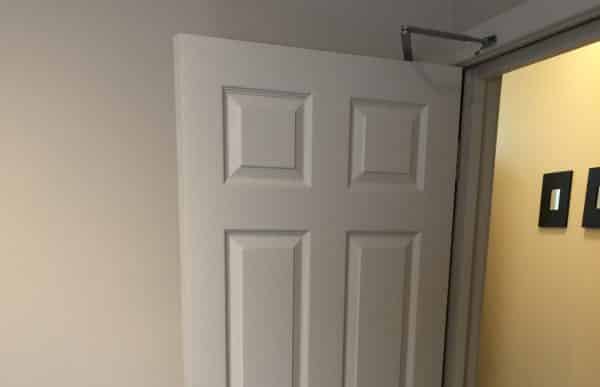According to bs 8214 2008 code of practice for fire door assemblies fire doors need to provide a similar level of fire resistance as the fixed elements of a building i e.
Fire door regulations uk hse.
Bs 8214 2008 also offers recommendations on fire door inspection schedules.
The main categories of fire doors are fd30 and fd60 fire doors which offer 30 and 60 minutes fire protection.
A guide to fire door regulations.
In addition to building regulations fire doors may also be required to comply with other codes and standards to meet breeam and the code for sustainable homes criteria as well as procurement requirements for responsible sourcing of materials such as those provided by forest certification and chain of custody required under cpet regulations which apply to all projects undertaken by uk government public sector and its agencies.
They compartmentalise the building to delay the spread of fire throughout the building.
In scotland requirements on general fire safety are covered in part 3 of the fire scotland act 2005 supported by the fire safety scotland regulations 2006.
Inefficient assessments and planning risks property and lives with prosecution being a usual consequence.
This is accomplished through the use of a closer or spring hinge and a fire rated lockset or exit device.
All fire doors have an additional safety feature they must be self closing and self latching.
A fire risk assessment is a necessity allowing the responsible person to implement a functioning and tailor made fire management plan in which fire doors require proper inspection and maintenance to comply with the rro.
Fire doors work as part of a layered fire protection system within a building.
Walls and floors and are evaluated by the same stringent procedures and criteria.
A fire door is a fantastic safety precaution that can help keep your employees safe and minimise the damage a fire can cause to your property.
Every fire door is therefore required to act as a barrier to the passage of smoke and or fire to varying degrees depending upon its location in a building and the fire hazards associated with that building.
This means that in the event of a fire all of these doors will close and latch without a person s help.
In the majority of premises local fire and rescue authorities are responsible for enforcing this fire safety legislation.










